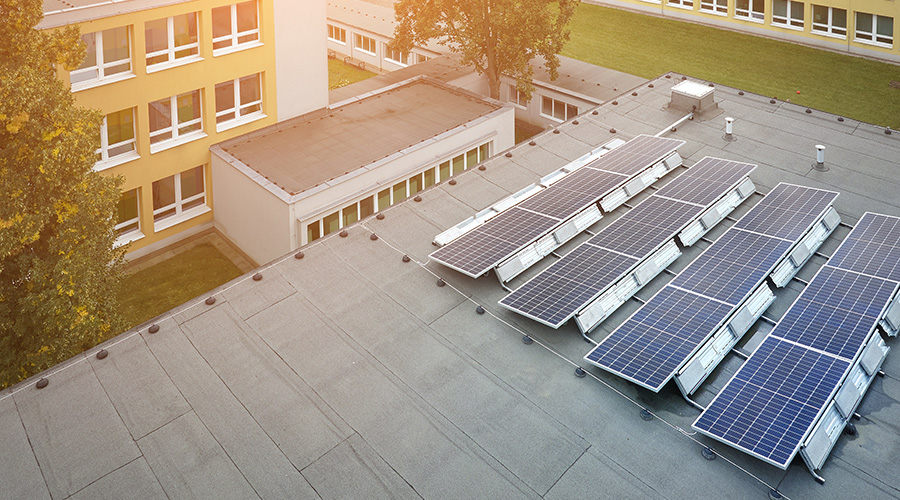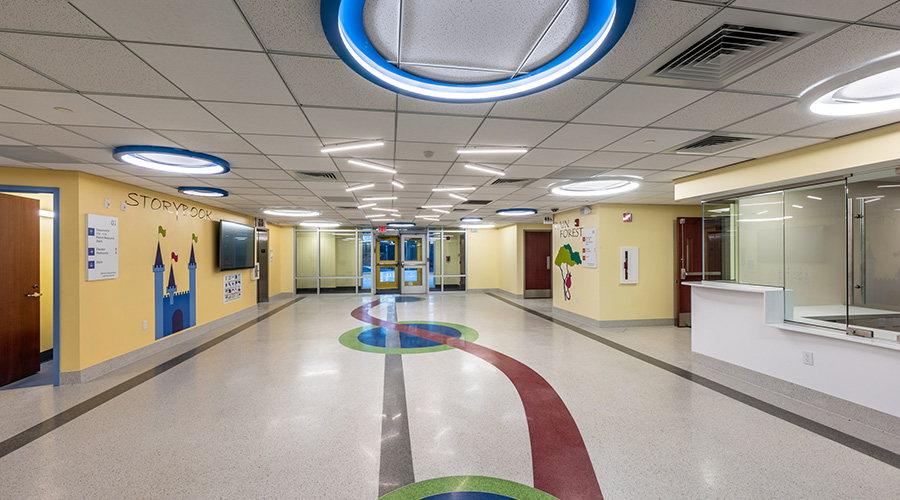How to Fit Campus Facilities into the Community
Sustainability, resilience, and technology are critical, but designers and FMs must also consider how campus facilities fit within the larger framework of the community.
Many universities reside within “college towns,” and these institutions have become an integral part of both the social and economic fabric of these communities. The “town and gown” relationship between a university and its surrounding community is an important one that can greatly benefit both parties — but like any important relationship, it can be difficult to navigate. A university can have a great impact on the area, serving as a powerful economic driver for local business, but also must be designed so that it does not negatively affect the community in pursuit of the institution’s own goals. The campus should be designed to interact with the community in a way that is beneficial and that fosters these ongoing relationships, but that at the same time is not disruptive to the everyday workings of that area.
To nurture this relationship effectively, a university’s campus master plan must consistently evolve, ensuring that it aligns with the strategic goals of both the school and the town. When implementing new design plans, recognizing that the campus does not exist in a vacuum is crucial, and to that end, it is key to involve members of the community in discussions regarding university goals. Both university and community use the same infrastructure — streets, sidewalks, bridges — to get around, and students, faculty, and staff live in neighborhoods alongside locals. Campuses rely on local utility providers, and businesses near campus rely on student patronage. Furthermore, the university’s efforts towards more sustainable practices can benefit the community, lessening their carbon footprint and ultimately inspiring a more green lifestyle. Ensuring that the community is kept abreast of the institution’s design plans and that these strategies are mapped out together ensures that this symbiotic relationship continues, and that expansion is on the horizon for both parties.
Stephen Coulston is principal with Perkins + Will, Austin, Tex.
Related Topics:















